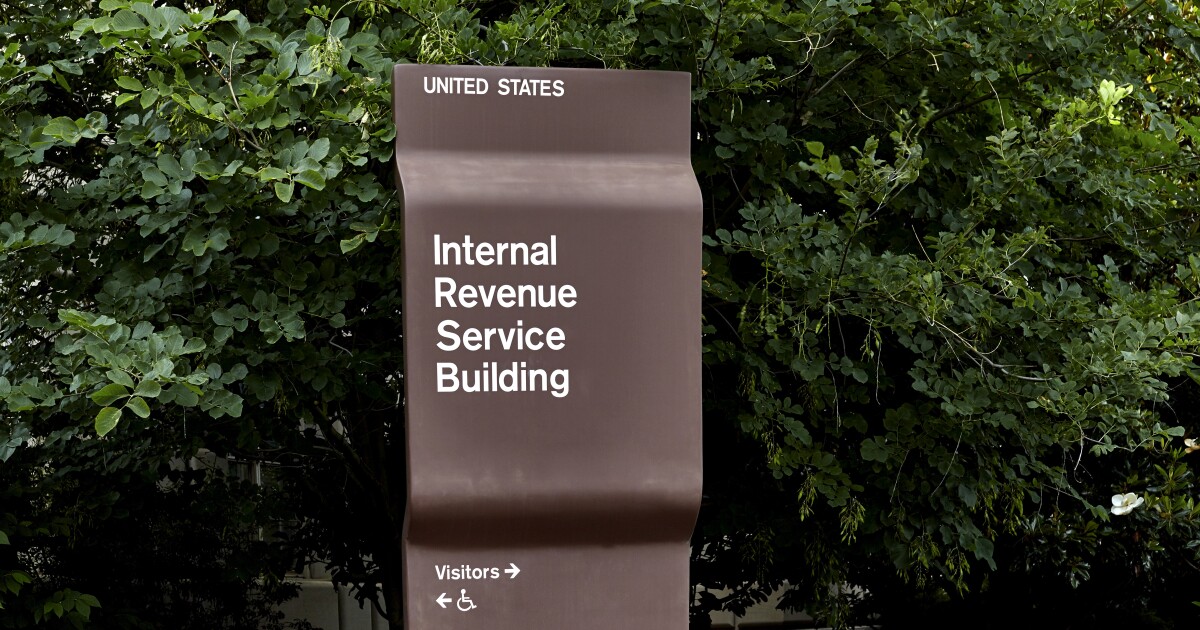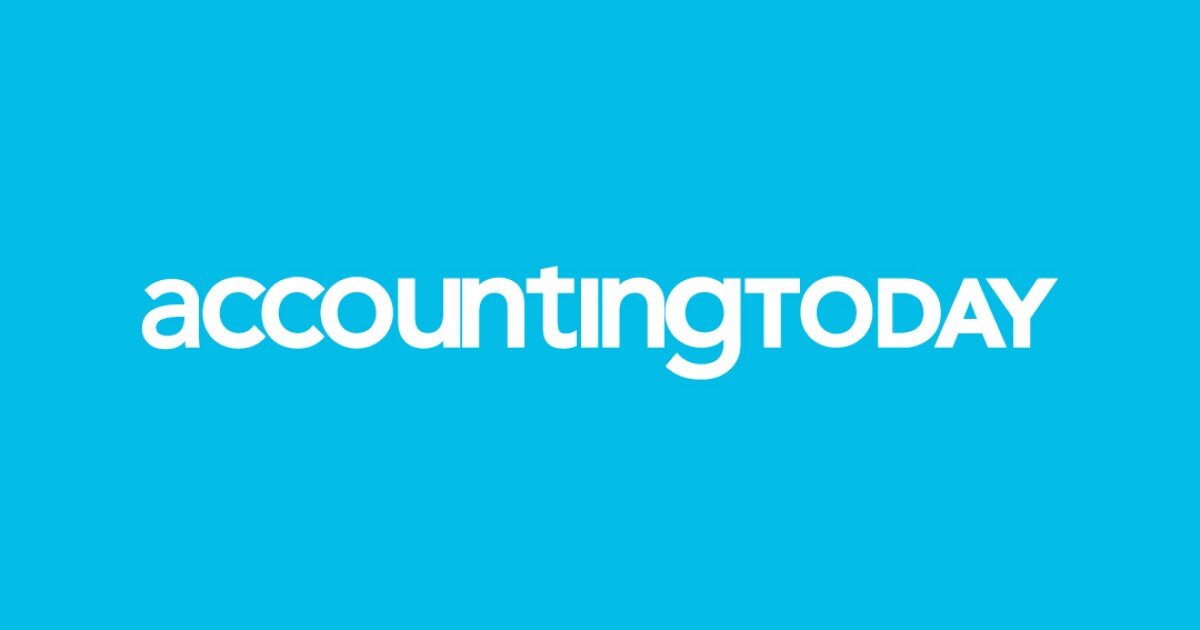The head of the International Auditing and Assurance Standard Board views the recently proposed standard for sustainability reporting assurance as a way to make those reports more verifiable.
The IAASB released the proposed International Standard on Sustainability Assurance 5000, “General Requirements for Sustainability Assurance Engagements,” last week for public comment and is hoping to hear from stakeholders of all kinds, including environmental groups (see story).
They complement the recently released sustainability and climate disclosure standards released in late June by the International Sustainability Standards Board, which were endorsed by the International Organization of Securities Commissions last month.
Besides the ISSB standards, the European Union has been moving forward with a Corporate Sustainability Reporting Directive, leveraging European Sustainability Reporting Standards developed in consultation with the European Financial Reporting Advisory Group. Meanwhile, the Securities and Exchange Commission in the U.S. proposed a climate-related disclosure rule last year that is expected to be finalized this fall.
“ISA 5000 in our minds will provide the most comprehensive end-to-end assurance standard for specific sustainability reporting throughout the world,” said IAASB chair Tom Seidenstein. “It’s in response to increased global demand by regulators and policymakers who are increasingly requiring both sustainability reporting and assurance.”

Chris Ratcliffe/Bloomberg
He sees high-quality independent assurance working hand in hand with sustainability reporting to enhance the trust of investors and other users of such information. The proposed ISSA 5000 standard builds on the foundations of some of the IAASB’s earlier International Standards on Assurance Engagements, ISAE 3000 (Revised), “Assurance Engagements Other than Audits or Reviews of Historical Financial Information,” and ISAE 3410, “Assurance Engagements on Greenhouse Gas Statements,” and some of the existing guidance issued by the board.
The standard goes beyond simply verifying that an organization has followed a set of procedures for sustainability reporting. Seidenstein views it as analogous to audits of financial statements, but with some important differences. Sustainability reporting includes both qualitative and quantitative information as well as forward-looking information.
The proposed standard would be “practitioner-agnostic,” he noted, so it could be a professional accountant or auditor who does the work, or someone from outside the accounting profession. However, the assurance provider would need to be committed to ethical and independent standards as rigorous as the code of conduct promulgated by the IAASB’s sister organization, the International Ethics Standards Board for Accountants, which like the IAASB is affiliated with the International Federation of Accountants. The assurance provider would also need to be committed to a system of quality management as rigorous as what the IAASB has in its International Standard on Quality Management, ISQM 1.
Fighting against greenwashing
Some companies have been accused of “greenwashing” in their sustainability reports and using the lowest common denominator of standards. One of the goals of the ISSB standards is to align the various sets of standards and frameworks with each other. Similarly, some auditing firms and assurance providers have been accused of allowing their corporate clients to rely on suppliers involved in clear-cutting of forests and polluting streams on protected lands, while nevertheless giving companies a seal of approval, according to reports by the International Consortium of Investigative Journalists and environmental groups.
“One of the fundamental challenges of assurance in this space is you go beyond the traditional corporate boundaries,” said Seidenstein. “You have upstream and downstream impacts when it comes to sustainability, and you need to do assurance on information that you get from other parties.”
It all comes down to the reporting, and regulators and investors want to see it presented in a more comparable, verifiable way.
“The entity has to prepare its sustainability information in accordance with some type of suitable criteria,” said IAASB technical director Willie Botha. “That criteria, as we have seen, is now coming more and more from recognized and authorized standard-setting bodies that follow transparent due process like the IAASB, like EFRAG in Europe, and in whatever direction it will go in the U.S. and in other jurisdictions that we’ve seen. The entity will prepare its sustainability information in accordance with a sustainability reporting framework, and that reporting framework will tell the entity what they need to report and also how they need to measure or evaluate what they need to report.”
He noted that the reporting can go beyond sustainability and climate matters to include other topics, such as biodiversity and human rights.
“It could be certain metrics and targets, it could be about risks and opportunities, it could be about governance and strategy,” said Botha. “That will all be encapsulated within the framework that requires an entity to report certain things. The entity then asserts that it has reported in accordance with that framework, and the assurance practitioner will go in and perform an assurance engagement, to obtain evidence in order to express a conclusion on whether that information has indeed been prepared in accordance with the framework of the audit criteria that the entity has used.”
The assurance practitioner would focus on the evidence-gathering and evidence-evaluation process to arrive at such a conclusion, and that would be driven by a risk-based approach, similar to what’s now done with audited financial statements.
“A practitioner will consider what are the different types of misstatements that may occur with this information and make sure the information is indeed presented in accordance with the framework or not,” said Botha. “A part of that would be to identify all the relevant topics that should have been reported. Have they omitted or obscured certain things? That’s the lens that the practitioner will apply.”
Anticipating the SEC
The IAASB sees its assurance standards fitting in with whatever sustainability reporting framework is used.
“The work that we’re doing is complementary to the convergence and enhancement of those reporting frameworks,” said Seidenstein. “You see a continual refining of standards that work in tandem with each other, much like you have on the financial reporting side for decades.”
It could also fit in with the SEC’s eagerly anticipated climate disclosure rule once it’s finalized. The proposed rule, as unveiled in March 2022, would require climate-related financial statement metrics and related disclosures to be included in a note to a registrant’s audited financial statements.
“The proposed financial statement metrics would consist of disaggregated climate-related impacts on existing financial statement line items,” said the proposal. “As part of the registrant’s financial statements, the financial statement metrics would be subject to audit by an independent registered public accounting firm, and come within the scope of the registrant’s internal control over financial reporting.”
Future assurance standards
In a way, the proposed sustainability assurance standard is the next step in the auditing process.
“Audit is a form of assurance, and up to today it has been the most developed area of assurance, and much of what you see that is required on the audit side is developing now on the assurance side for sustainability reporting,” said Seidenstein. “What we’ve done is built on the framework that’s already been in place for well over a decade in ISAE 3000 (Revised) to focus specifically on sustainability assurance. ISSA 5000 is what we envision as the first of probably a broader suite of standards, and they’ll be built out over time. The work and the evidence and the documentation will start to resemble what you’re used to from an audit perspective.”
The IAASB is likely to roll out more sustainability assurance standards in the future.
“That’s precisely what we’re consulting on,” said Seidenstein. “We focused on some priority areas where we went a little bit deeper. Our standard will provide enough guidance to do a full end-to-end assurance engagement. But you could envision over time maybe going deeper on the area of reporting, and have more specific requirements in the areas of reporting, or maybe more specific requirements in the areas of fraud.”
Some countries may decide to adopt or endorse the new standards on a jurisdictional basis as they can do with International Financial Reporting Standards and International Sustainability Reporting Standards. But in most cases, the standards will be voluntary.
“That would be the way that it would work if it’s been made mandatory within the jurisdictions, but many firms will be using this standard on a voluntary basis as well,” said Seidenstein.
That’s according to some of the data IFAC has found over recent years around ISAE 3000 and 3410, which is the starting point for the ISSA 5000 standard, with 70% of all engagements across the world using either ISAE 3000 or 3410 as the basis of the standards they use in their assurance engagements.
“We would expect that trend to continue over time, particularly as people do more sustainability or ESG reporting, even on a voluntary basis, but they will tend to then now walk probably to 5000 because unlike 3000, it’s specific to sustainability,” said Seidenstein.
Timeline expected for rollout
He anticipates the new sustainability assurance standard will be finalized by the end of 2024.
“The comment period ends in the beginning of December,” said Seidenstein. “We’ll begin analysis and redeliberation shortly thereafter, and we’ll probably have a first review of the comment letters and the feedback received as a full board in March. Then we’ll get on with the deliberations. It’s possible to finish it in September, but we are committed to finishing sometime in the second half of 2024. This is in line with the timing that’s expected in IOSCO’s recommendations and also to meet European requirements.”
In the EU, the CSRD includes mandatory assurance requirements, he noted. “We’re very much aware of their timelines, and our goal is to have our standard using the terminology that’s often used on the ISSB side as a global baseline, so we avoid fragmentation of standards at the outset,” he added.
In the U.S. the Public Company Accounting Oversight Board will likely be monitoring developments as well, although so far it has steered clear of setting any standards for sustainability reporting assurance.
“The PCAOB is an observer in a lot of our activities and we interact with them on many topics,” said Seidenstein. “I’m not sure that they’ve determined how they’re going to engage on sustainability topics yet.”
Getting feedback
In any case, the IAASB is doing outreach internationally to get the word out about the consultation on the proposed standard and hoping to hear input from a wide variety of stakeholders.
“It’s now out for public comment,” said Seidenstein. “We’re undertaking our most comprehensive outreach effort ever on a standard to ensure that we get broad input, and we look forward to getting as many people to participate in the process as possible.”
That’s likely to include environmental groups. “It’s the broadest range of stakeholders we’ve ever encountered, and it’s a lot of stakeholders who have not historically engaged with the IAASB,” said Seidenstein. “We’re being very intentional about our outreach efforts.”




